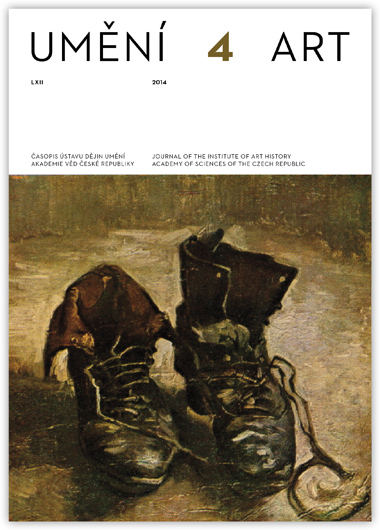Petr Voit
Výtvarná složka Skorinovy Bible ruské jako součást české knižní grafiky
The Russian Bible was published in Prague in 1517–1519 by Belarusian doctor and translator Francysk Skarina. This article seeks to situate its origins within the wider context of Christian and Jewish book printing in Prague in the early sixteenth century. After an unremarkable start in the second half of the fifteenth century, local book printing began to advance after 1507 as a reading public emerged. Growth in the trade practised by the Printer of the Prague Bible, Mikuláš Konáč, Geršom Kohen, and Francysk Skarina drew seven woodcutters individually to Prague, most likely from Germany. Illustrations and decorative features by these artists can be identified in books produced by all the printers in and some outside Prague including Utraquists, supporters of the Unity of the Brethren, Jews, and Skarina. Five of these artists did work for Skarina, who was not only the translator of the Russian Bible, but was also the author of its uniform typographic and artistic design, for which he drew on what he had learned in the years he spent at the universities in Krakow and Padua. He therefore had to provide the artists creating the initials, illustrations, and decorative features with quite detailed instructions. Many of the illustrations in the Russian Bible mark a departure from the traditional visualisation style in the Vulgate given their unprecedented psychological-literary quality and portrait-like personalisations (in the faces of the Biblical figures we recognise the features, for instance, of George of Poděbrady, Vladislav II of Bohemia and Hungary, Louis II of Hungary). To render more graphically apparent the relationship between the Old and New Testaments, Skarina used allegorical motifs to unite the books of the Bible, which were worked on by several artists. This consisted of an emblem (the Sun and a crescent) and two graphic symbols (the Holy Trinity and the Ark of the Covenant). Although researchers abroad have demonstratively interpreted these elements as the marks of the artists or the sponsors, in this article they are interpreted in spiritual terms and fall within the realm of Christological references. Skarina used them to make manifest to middle-class readers the superiority of the New Testament over the Old Testament.
Full-text in the Digital Library of the Czech Academy of Sciences:
https://kramerius.lib.cas.cz/uuid/uuid:23bd4f71-a411-464d-9651-ff50207edc60
< back

